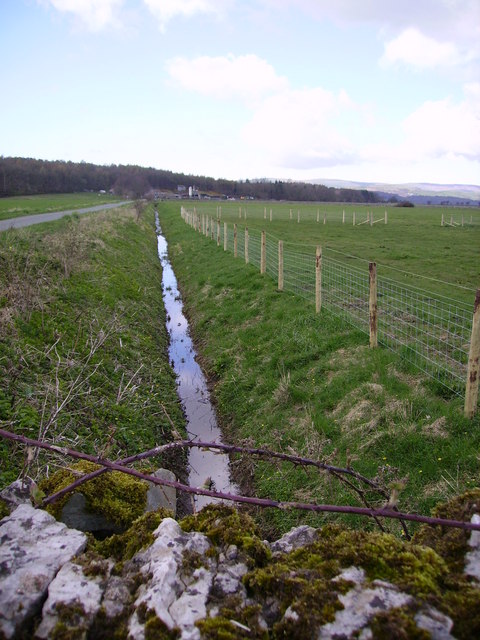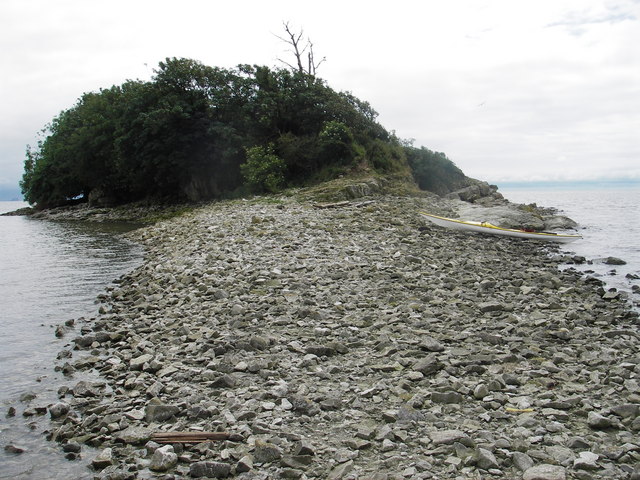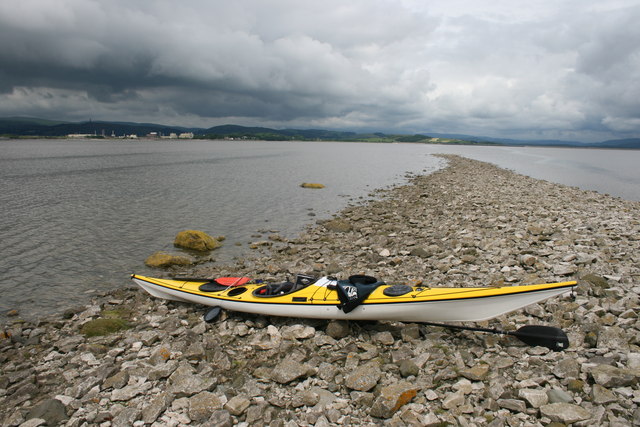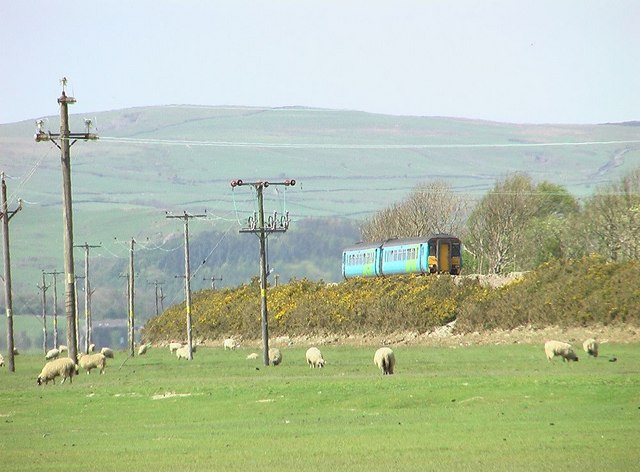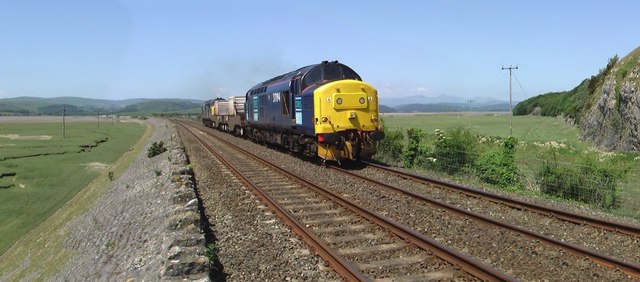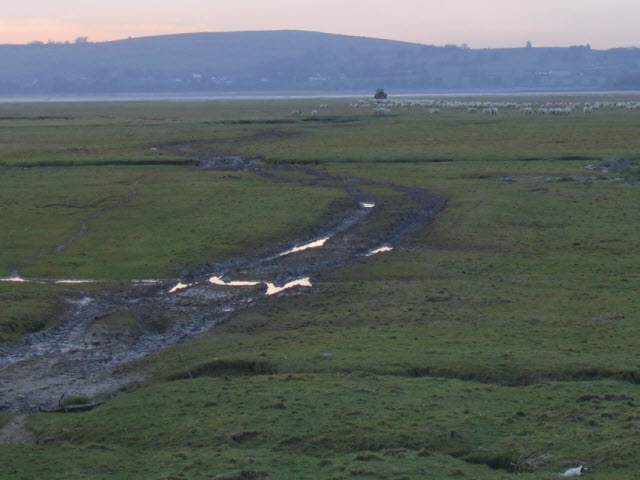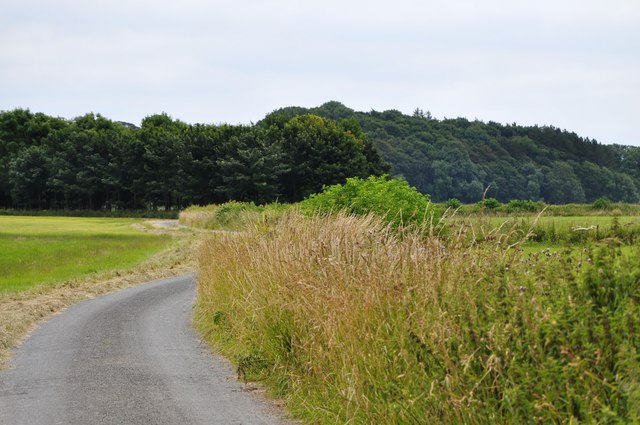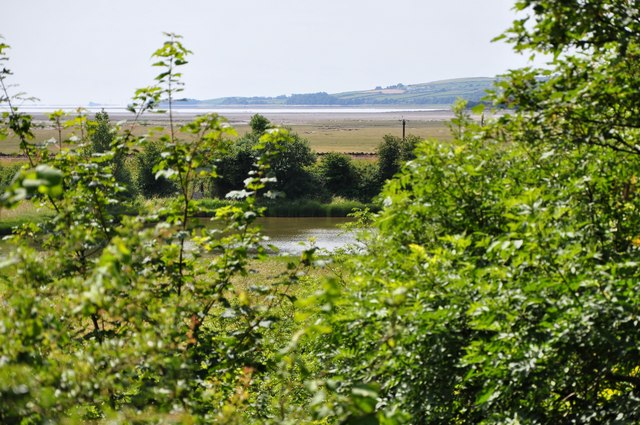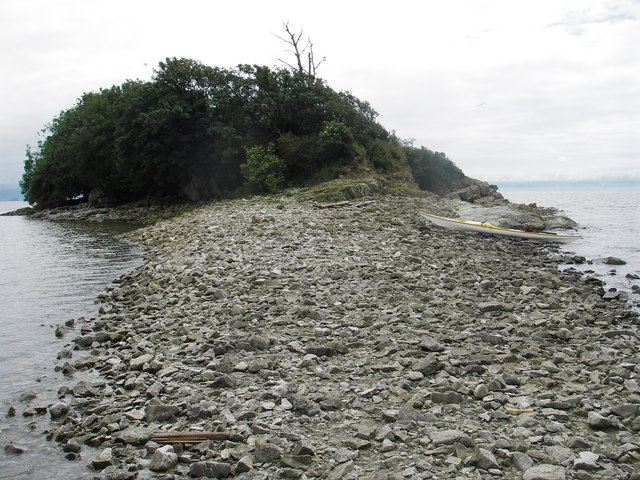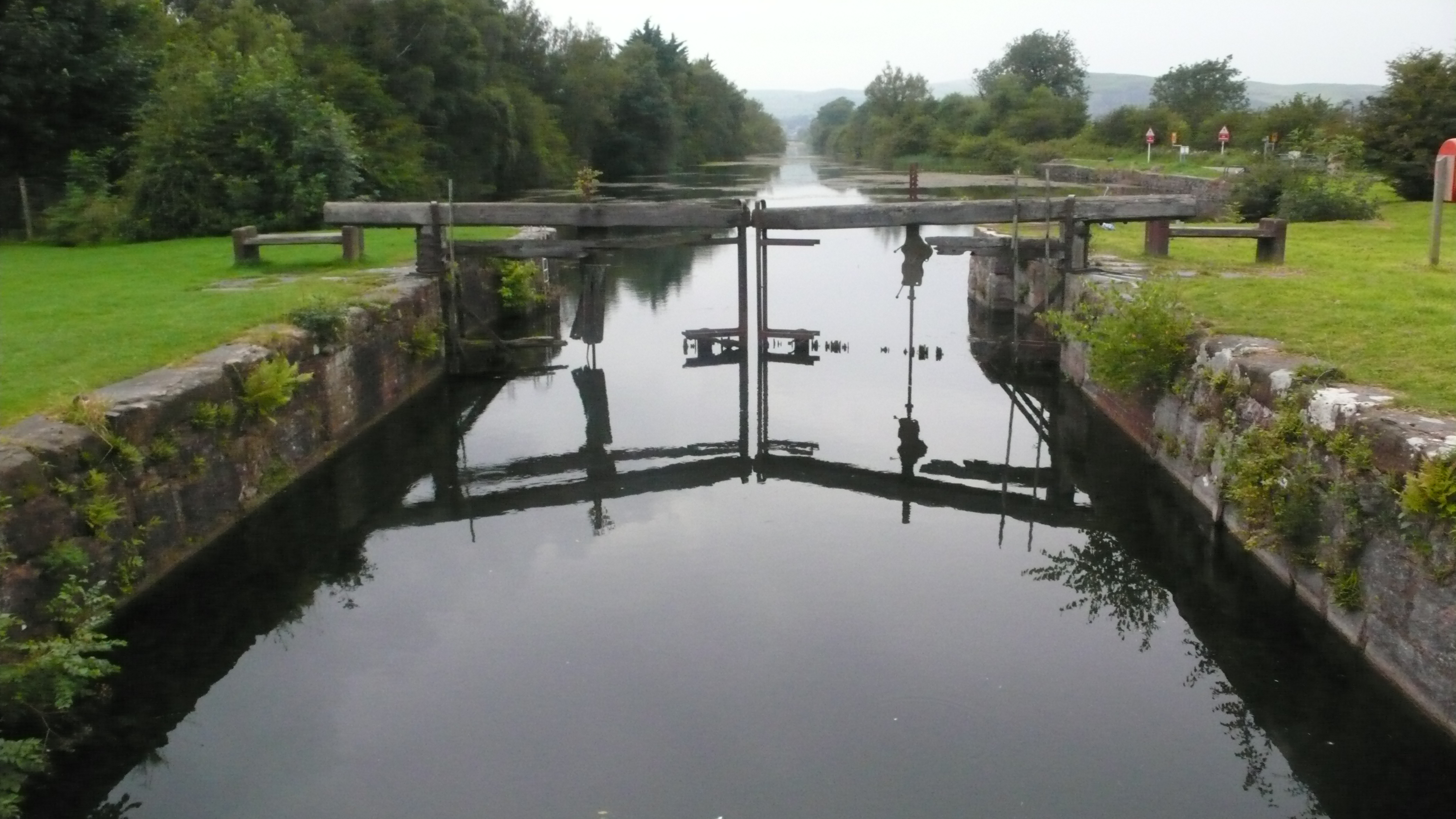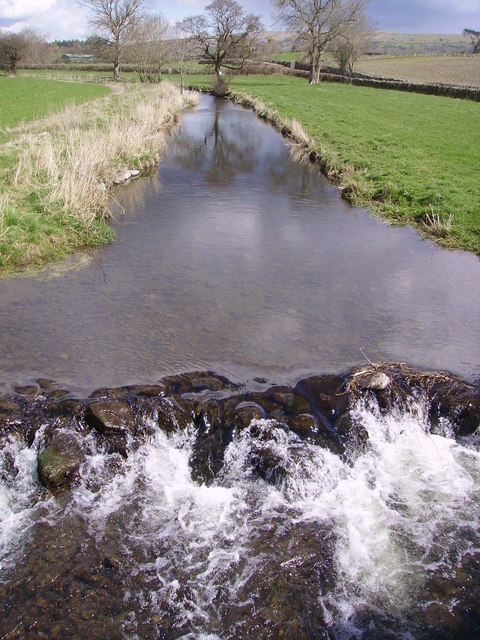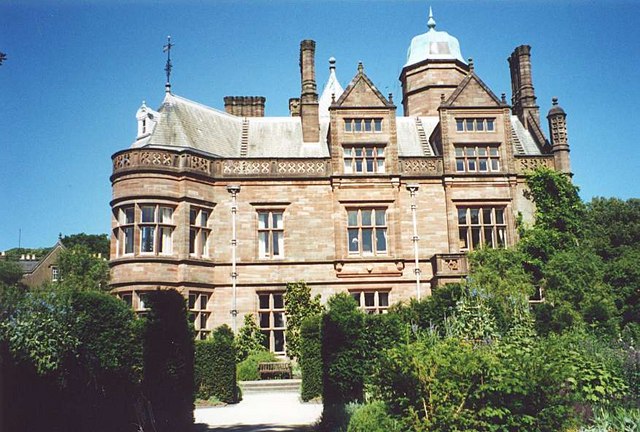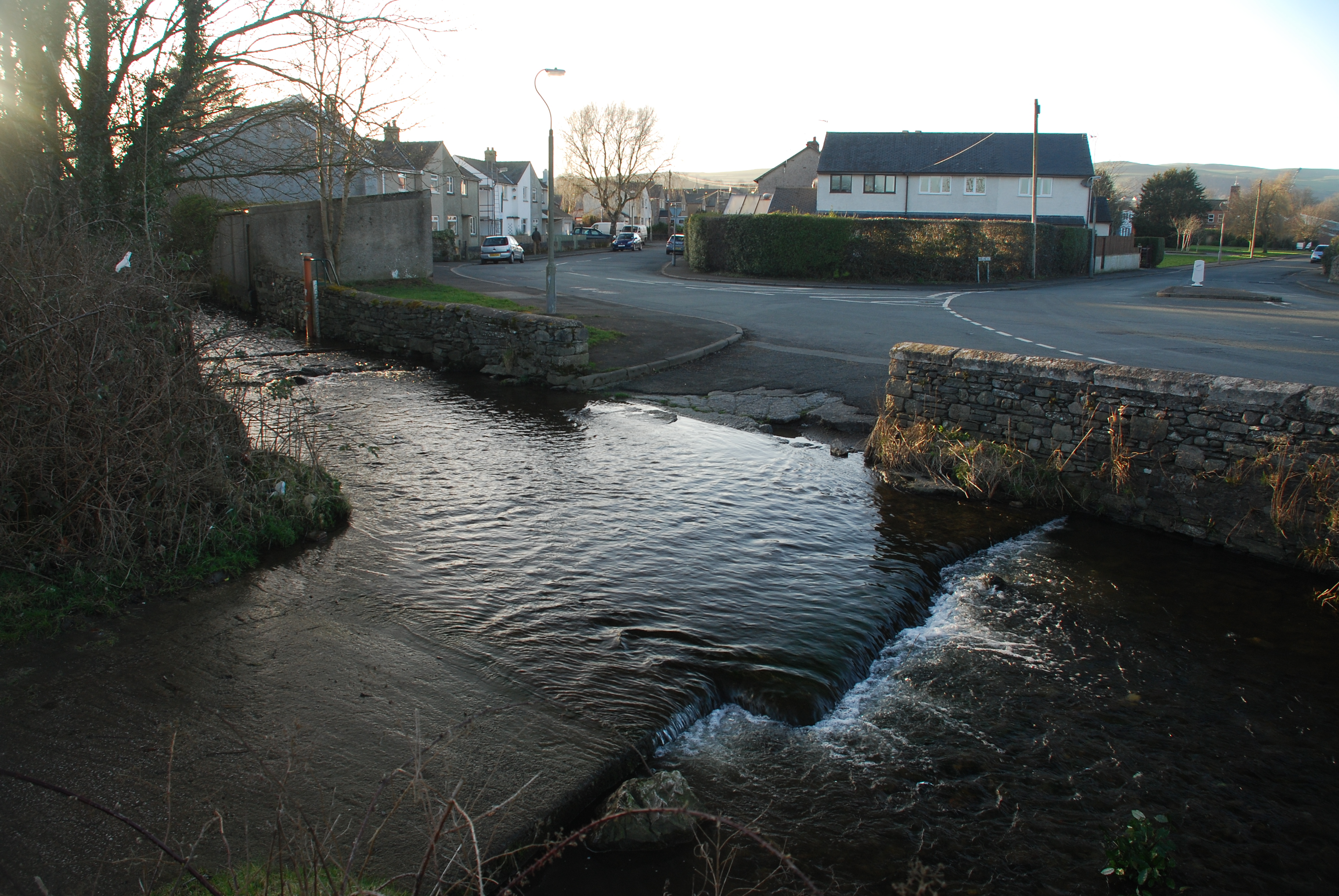Black Scars
Coastal Marsh, Saltings in Lancashire South Lakeland
England
Black Scars

Black Scars, located in Lancashire, is a coastal marshland characterized by its unique saltings. Stretching across a vast area, the landscape is marked by its distinctive black coloration, hence the name Black Scars. This phenomenon is a result of the high concentration of organic matter in the soil, giving it a dark appearance.
The marshland is situated adjacent to the coast, creating a transitional zone between the land and sea. It is influenced by tidal movements and is subject to regular flooding, contributing to its ecological significance. The saline water from the nearby sea often penetrates the marshland, creating conditions suitable for halophyte vegetation to thrive.
The saltings of Black Scars are renowned for their diverse flora and fauna. The unique environment supports a variety of plant species that have adapted to the saline conditions. Common examples include samphire, sea lavender, and sea purslane. These plants provide important habitats and food sources for various bird species, such as waders and waterfowl, making it a popular destination for birdwatchers.
Black Scars also plays a crucial role in coastal protection. The marshland acts as a natural buffer, absorbing wave energy and reducing the impact of coastal erosion. It serves as a vital barrier, protecting the adjacent land from storm surges and flooding events.
Due to its ecological significance and natural beauty, Black Scars is often designated as a protected area, ensuring its preservation for future generations. Visitors can explore the marshland via designated trails and observe the unique plant and animal life that thrives in this distinctive coastal environment.
If you have any feedback on the listing, please let us know in the comments section below.
Black Scars Images
Images are sourced within 2km of 54.184652/-3.0319459 or Grid Reference SD3277. Thanks to Geograph Open Source API. All images are credited.
Black Scars is located at Grid Ref: SD3277 (Lat: 54.184652, Lng: -3.0319459)
Administrative County: Cumbria
District: South Lakeland
Police Authority: Cumbria
What 3 Words
///eruptions.magically.mammals. Near Flookburgh, Cumbria
Nearby Locations
Related Wikis
Chapel Island
Chapel Island is a limestone outcrop that lies in the Leven estuary of Morecambe Bay in England, less than one mile (1.6 km) from the shoreline at Bardsea...
Canal Foot
Canal Foot is an industrial village in Cumbria, England, on the Leven estuary. It is located 1.7 miles (2.7 km) by road to the east of the centre of Ulverston...
Conishead Priory
Conishead Priory is a large Gothic Revival building on the Furness peninsula near Ulverston in Cumbria. The priory's name translates literally as "King...
Ulverston Canal
The Ulverston Canal is a 1.25 miles (2 km) ship canal that connects the town of Ulverston, Cumbria, England with Morecambe Bay. The waterway, which is...
River Eea
The River Eea () is a small river in the Lake District, Cumbria, England running through the Furness region, which until 1974 was part of Lancashire. It...
Holker Hall
Holker Hall (pronounced Hooker by some) is a privately owned country house located about 2 km to the southwest of the village of Cartmel in the ceremonial...
Dragley Beck
Dragley Beck is a hamlet in Cumbria, England. Historically part of Lancashire, it was the birthplace of Sir John Barrow (1764-1848), one of the founders...
Bardsea
Bardsea is a village in the Low Furness area of Cumbria, England. It is two miles to the south-east of Ulverston on the northern coast of Morecambe Bay...
Have you been to Black Scars?
Leave your review of Black Scars below (or comments, questions and feedback).

